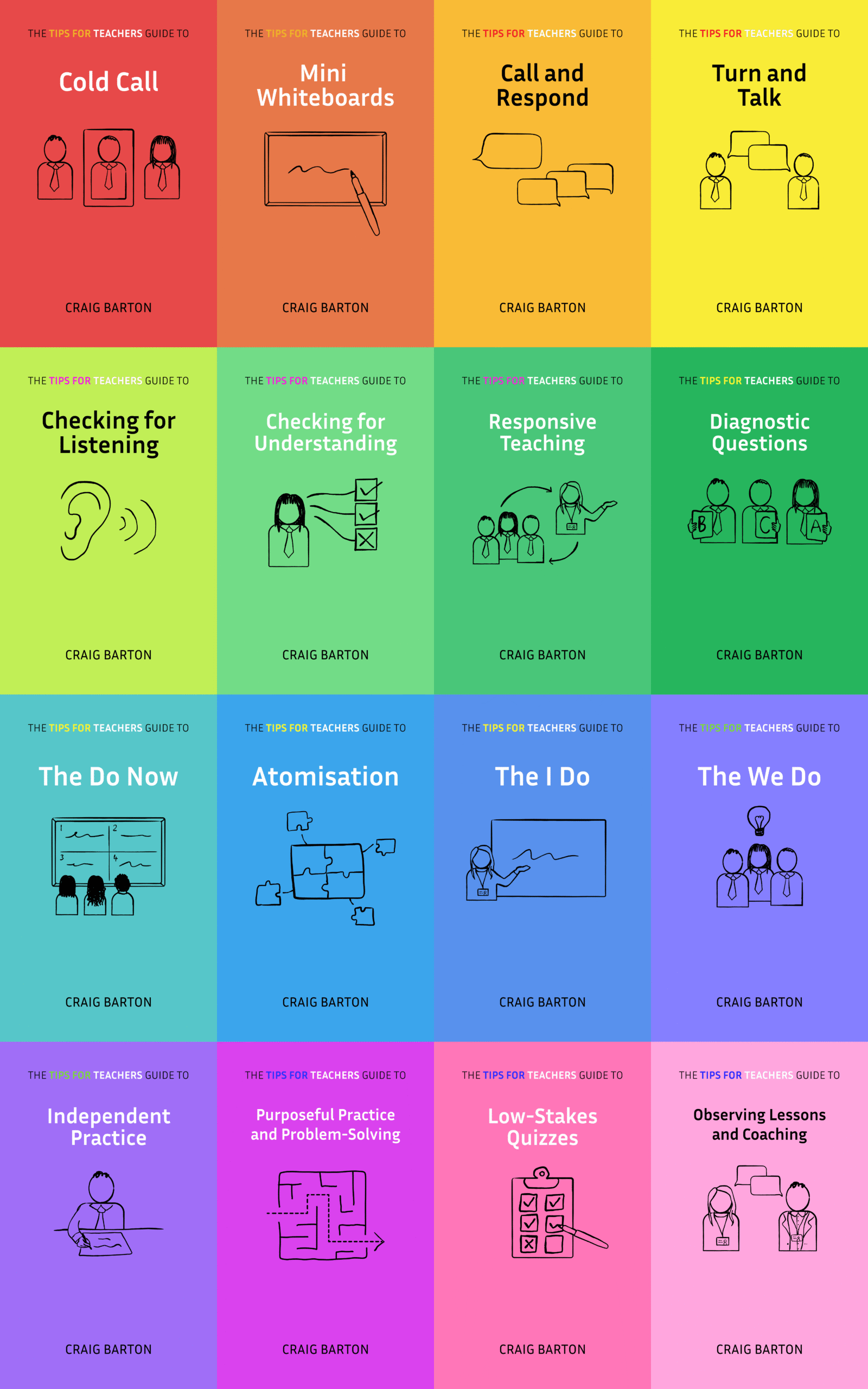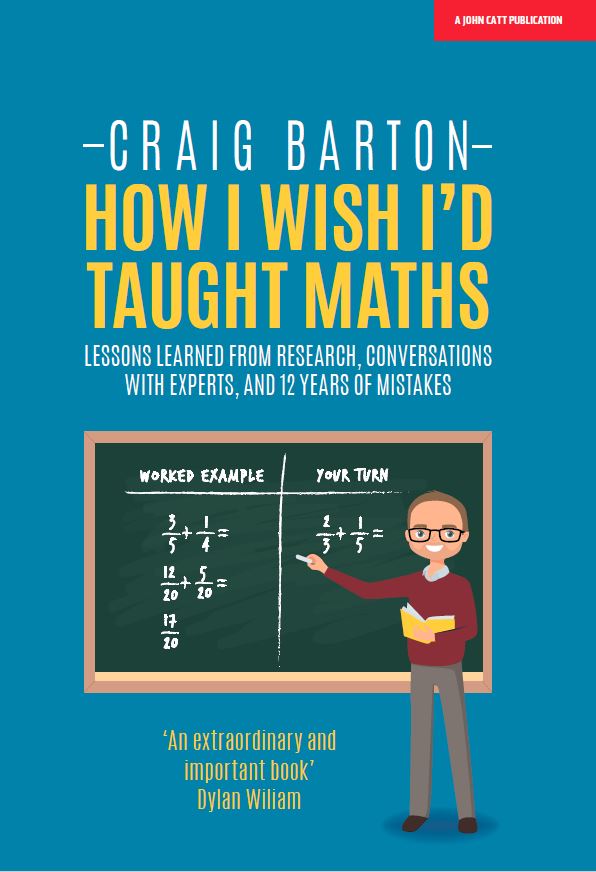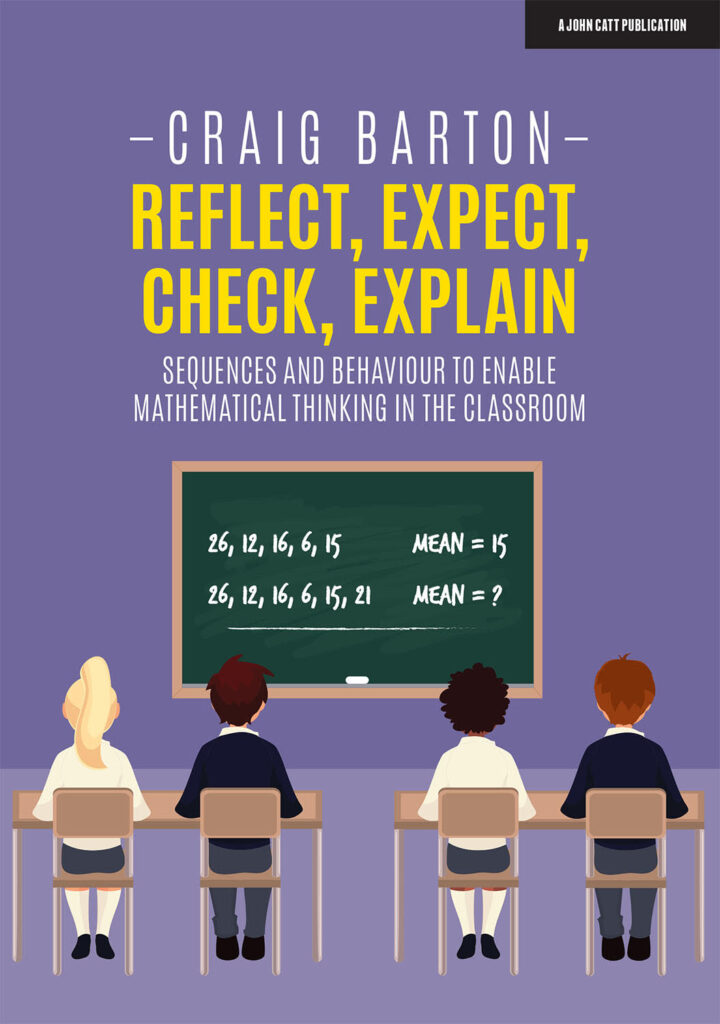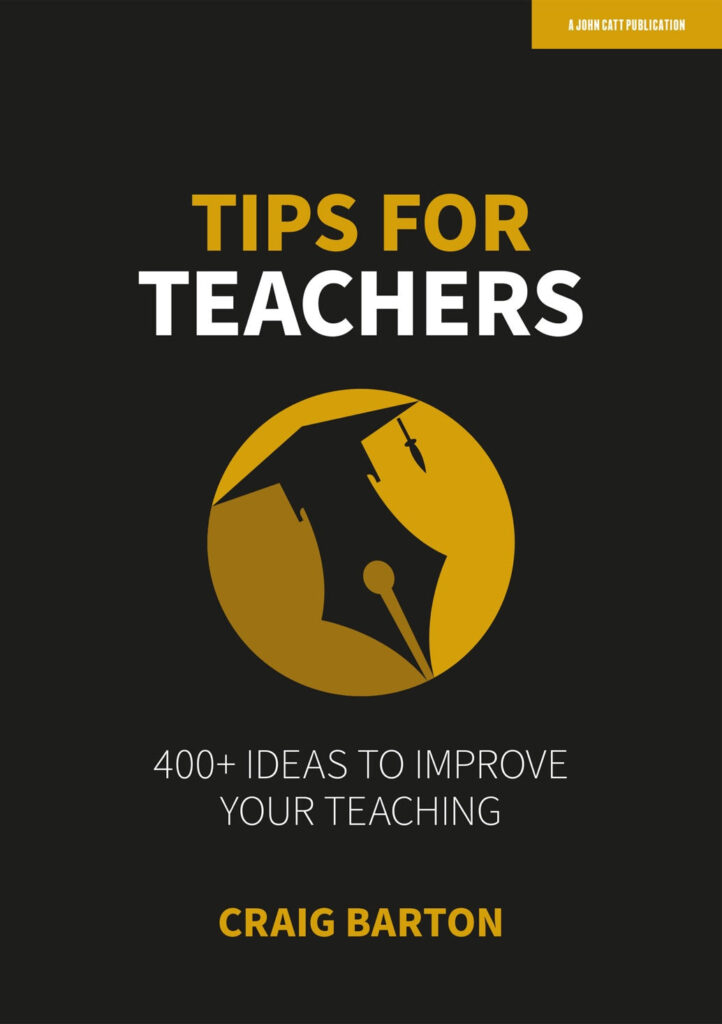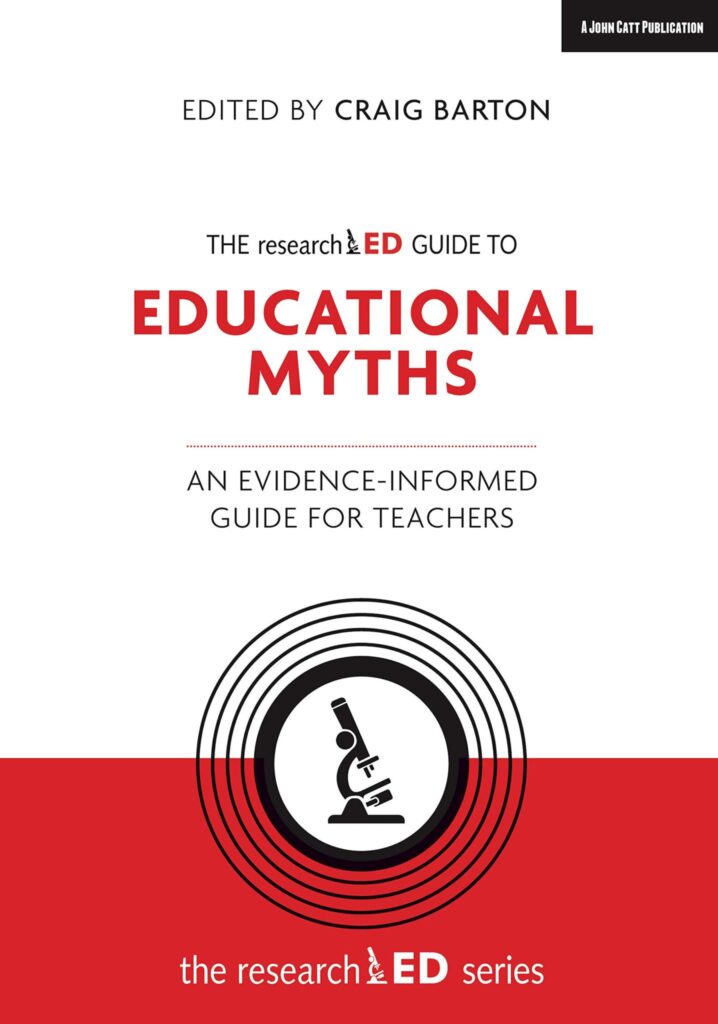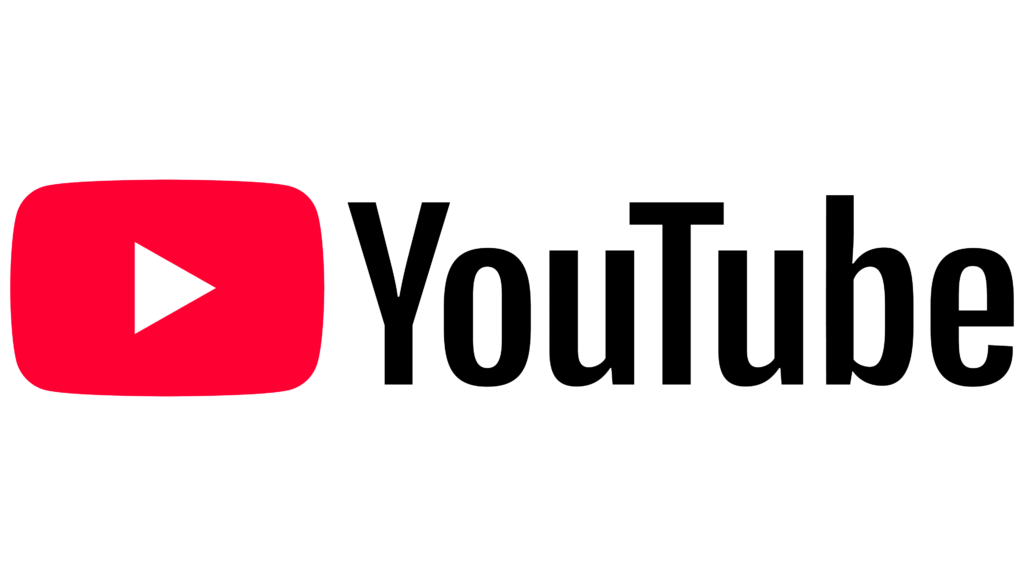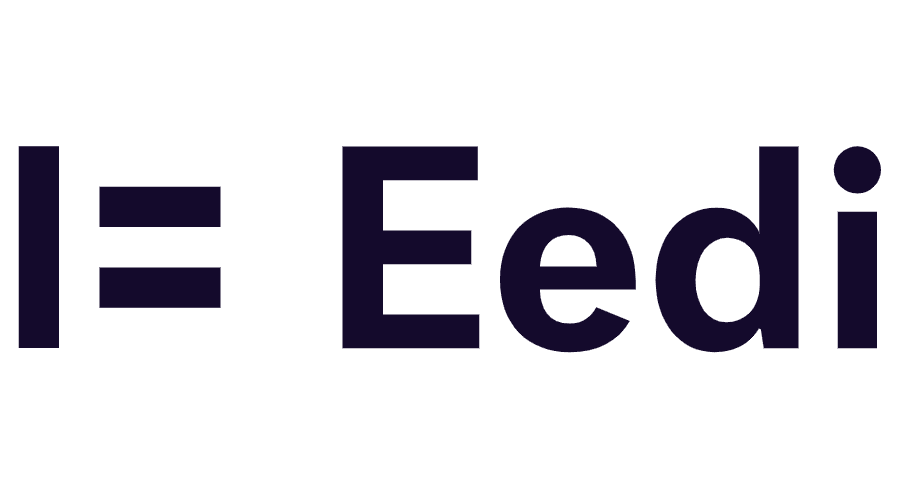
- Title: Three Types of Conceptual Change: Belief Revision, Mental Model Transformation, and Categorical Shift
- Authors: Michelene T. H. Chi
- Access the original paper here
- Listen to a deep-dive podcast:
Paper summary
The provided text explores three distinct types of conceptual change in learning, particularly within science education: belief revision, mental model transformation, and categorical shift. It distinguishes between learning that simply adds or completes prior knowledge and the more complex process of changing existing, incorrect ideas. The author argues that false beliefs can be revised through direct refutation, and flawed mental models can be transformed by accumulating multiple belief revisions. However, the text emphasizes that robust misconceptions, often found in scientific domains, necessitate a more profound categorical shift, where a concept is reclassified into a different lateral or ontological category due to a fundamental misunderstanding of its nature. This deeper form of conceptual change requires learners to be aware of their category mistake and to build a new, appropriate category for understanding.
If teachers remember one thing from this study, it should be…
If teachers remember one thing from this study, it should be: For robust misconceptions, teachers should understand they often stem from category mistakes, not just false beliefs. Refuting individual beliefs is often insufficient. Instead, instruction must aim for categorical shifts by making students aware of these fundamental errors and building new, appropriate categories.
***Paper Deep Dive***
Define any technical terms used in the paper
Conceptual change is learning that involves altering prior incorrect knowledge to correct knowledge. It occurs at three grain sizes:
- Belief revision corrects single false beliefs (ideas contradicting correct information), often through refutation.
- Mental model transformation modifies a flawed mental model (a coherent but incorrect system of beliefs) to a correct one, usually by accumulating belief revisions.
- Categorical shift is required for robust misconceptions, which are highly resistant to change. This involves reassigning a concept from an inappropriately assigned lateral or ontological category (a category mistake) to the correct one.
What are the characteristics of the participants in the study?
Participants included eighth-grade students studying the circulatory system, some with flawed “single-loop” mental models. The study also refers to children (4-7 years old, and 5th graders) learning about dinosaurs and the earth. Additionally, students of various grade levels (elementary to college) participated in studies on concepts like force, heat, and motion.
What does this paper add to the current field of research?
This paper clarifies conceptual change by proposing three grain sizes of “in conflict with” knowledge: false beliefs, flawed mental models, and category mistakes. Its key addition is the claim that robust misconceptions stem from these category mistakes (lateral or ontological miscategorizations). It argues that for these robust misconceptions, refutation at the belief or mental model level is insufficient, necessitating instruction focused on categorical shifts, awareness of category errors, and building new categories.
What are the key implications for teachers in the classroom?
The key implications for teachers in the classroom stem from understanding that conceptual change happens at three different grain sizes, each requiring distinct instructional approaches:
- For False Beliefs (e.g., “heart reoxygenates blood”): Teachers can achieve belief revision by using direct refutation, either explicitly or implicitly, when the false belief directly contradicts correct information.
- For Flawed Mental Models (e.g., single-loop circulatory system, flat earth): While instruction often addresses these at the belief level, mental model transformation can occur through the accumulation of multiple belief revisions, especially of critical false beliefs. Teachers should aim for students to recognize contradictions to avoid mere assimilation of new information into flawed models. A holistic confrontation of the flawed and correct models might also be effective.
- For Robust Misconceptions (e.g., force as an entity, heat as a substance, heat transfer as a direct process): These are the most challenging and often arise from category mistakes (assigning a concept to an inappropriate lateral or ontological category). For these, refutation at the belief or mental model level is insufficient and leads only to superficial understanding or local “patching” without changing the underlying error.
- Teachers must aim for a categorical shift.
- Instruction needs to begin by making students aware that they have made a category mistake.
- Crucially, teachers must build the correct lateral or ontological category (e.g., “emergent processes”) in students’ knowledge if it is unfamiliar or unavailable to them, teaching its distinct properties.
- This confrontation needs to reject the misassigned category and establish the correct one.
In essence, teachers need to diagnose the nature of the misconception to apply the most effective strategy, recognizing that robust misconceptions require a more fundamental shift in understanding beyond simple factual correction.
Why might teachers exercise caution before applying these findings in their classroom?
Teachers might exercise caution because the proposed categorical structures (e.g., Entities, Processes) are presented as “crude and intuitive” examples, not definitive or absolute. While the study suggests instructional steps for robust misconceptions, such as making students aware of category mistakes and building new categories, research on how to effectively achieve these categorical shifts in classrooms is still preliminary or “forthcoming”. Building entirely new conceptual categories for students represents a complex instructional task. The examples are also primarily drawn from science domains.
What is a single quote that summarises the key findings from the paper?
“Our claim, then, is that some false beliefs and flawed mental models are robustly resistant to change because they have been laterally or ontologically miscategorized.”
